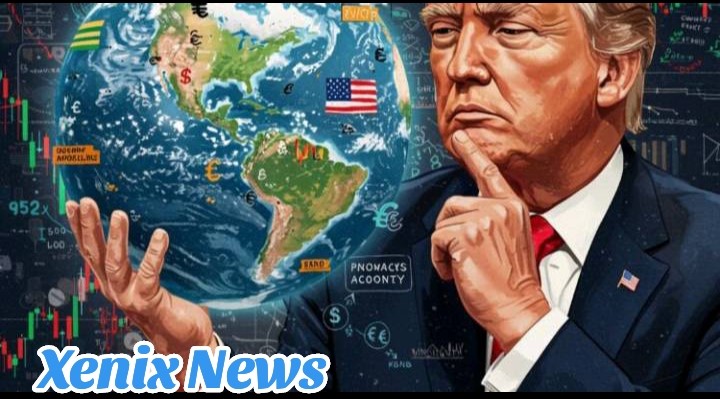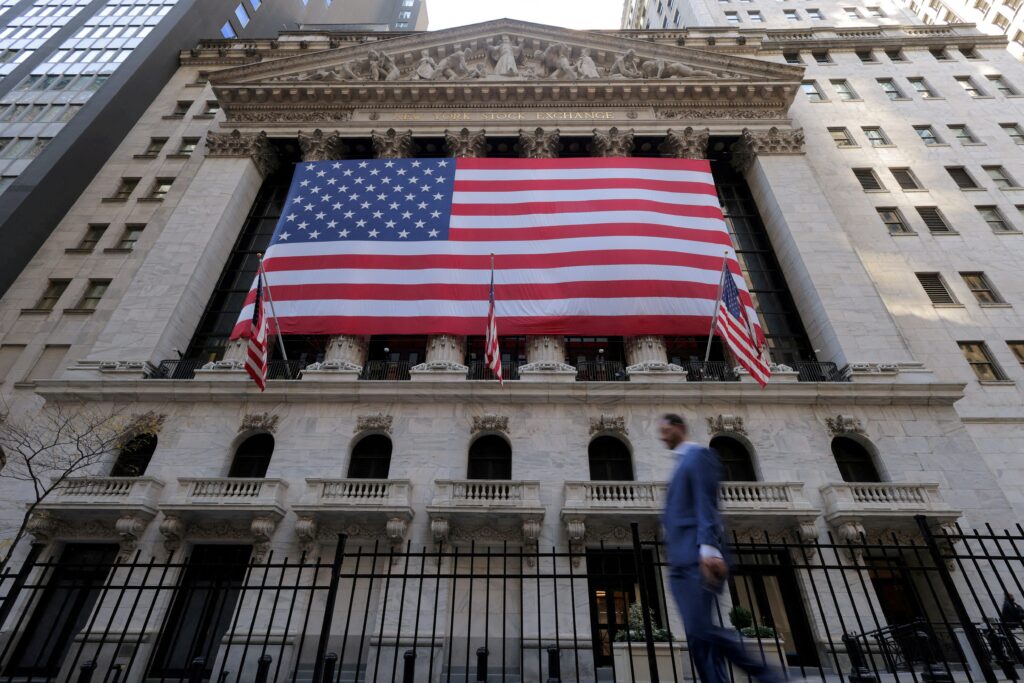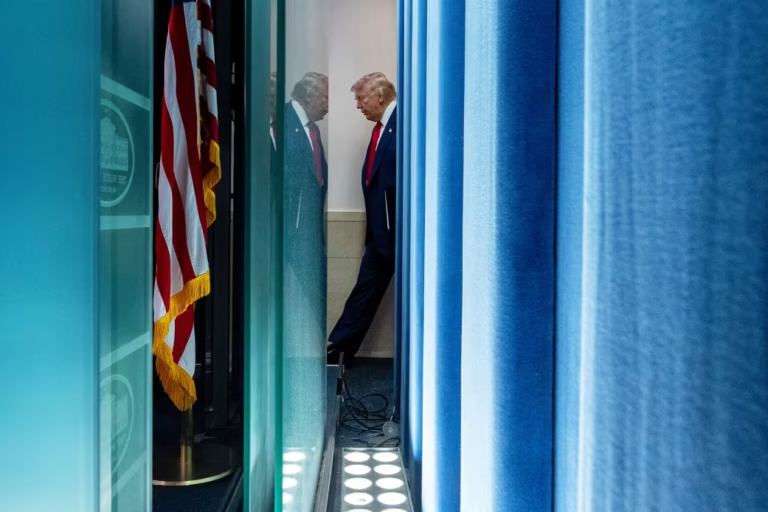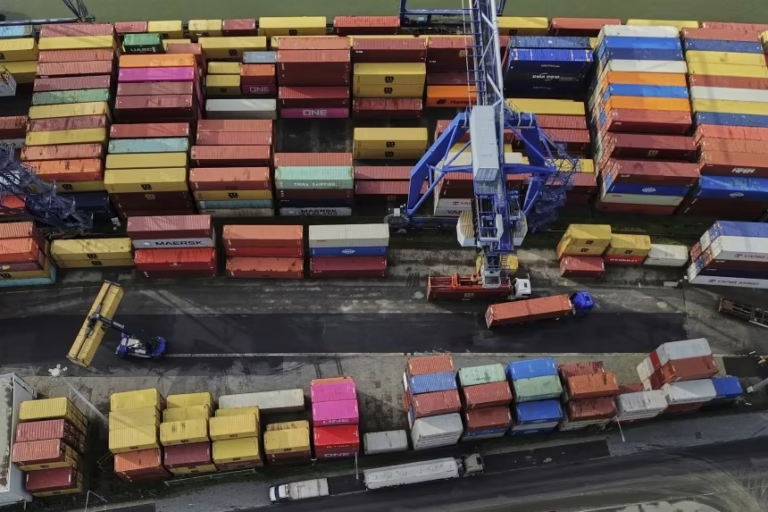
During Donald Trump’s tenure, U.S. financial markets are soaring to unprecedented heights, with the S&P 500, Dow Jones, and NASDAQ all demonstrating remarkable increases. Driven by strong pro-business strategies, lowered corporate tax rates, and revitalized trade agreements, investor confidence seems exceptionally elevated. Yet, beneath the facade of this seeming prosperity, substantial challenges await—menacing to challenge the resilience of this financial boom.
The approach of the Trump administration has primarily focused on deregulation, corporate tax incentives, and targeted trade pressure. These initiatives have contributed to increasing domestic investment, especially in the energy, defense, and technology industries. Artificial intelligence, semiconductor development, and infrastructure upgrades have been key drivers of growth. The ripple effect has drawn billions in global investment to the U.S.
stocks, confirming American supremacy in global financial markets.
However, the market’s shine might not be invulnerable.
A significant concern is Trump’s erratic tariff policy. Although numerous agreements—like recent ones with Southeast Asian countries—have eased trade tensions for now, the prospect of extensive tariffs on nations such as Canada and China still lingers. Economists worry that these protective actions might trigger retaliatory responses, raise import costs, and stress global supply chains.

Another vulnerable aspect pertains to valuation inflation. Tech giants, currently showing forward P/E ratios significantly exceeding historical averages, prompt numerous analysts to caution against a possible bubble. Should earnings falter or investor mood change, a rapid selloff might follow—particularly if propelled by institutional algorithmic trading.
Moreover, the Federal Reserve, despite pressure from Trump for a more relaxed monetary policy, stays vigilant.Inflation rates continue to be high, and mistakes in interest rate decisions may upset the bond market and affect stock prices.
Furthermore, geopolitical instability—from Eastern Europe to the Middle East—endangers global trade routes and energy security, potentially leading to fluctuating commodity prices and undermining investor confidence.
In summary, although markets during the Trump era are experiencing a vigorous rise, the real challenge is approaching. Market stability will rely on a mix of diplomatic negotiations, financial responsibility, and investor flexibility. The upcoming months might show if this surge is fundamentally stable—or just a temporary high before a possible downturn. Investors, while hopeful, should stay alert.


